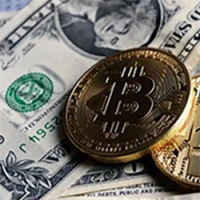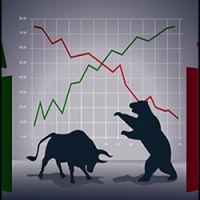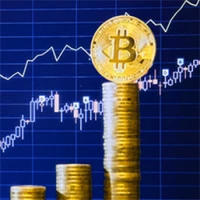
Forex and Cryptocurrency Forecast for December 08 – 12, 2025
Markets enter the new trading week with sentiment shaped almost entirely by expectations surrounding the Federal Reserve’s 9–10 December policy meeting. A 25 bp ...
Read More
Markets enter the new trading week with sentiment shaped almost entirely by expectations surrounding the Federal Reserve’s 9–10 December policy meeting. A 25 bp ...
Read More
Markets enter December with improving sentiment as investors position for the Federal Reserve’s final meeting of the year. The end of quantitative tightening on ...
Read More
Major markets ended the week with a cautious, slightly risk-off tone. The minutes of the latest Federal Reserve meeting confirmed that quantitative tightening i ...
Read More
General Outlook of the Past and Coming WeekMarkets ended the week in a mixed mood as participants tried to digest both the end of the record 43-day US governmen ...
Read More
General Outlook of the Past and Coming WeekMarkets ended the week with a cautious tone as the US dollar softened modestly and traders turned their focus to the ...
Read More